Esther Felsted and L. M. Mountague
Buried: 15/07/1854, aged 57 and 27/05/1861, aged 73
Plot no: 11471 | Section: H05 / J1
Esther Felsted was born in Hoddesdon, 20 miles north of London, in around 1796. The surname Felsted was first recorded in Essex in 1032 as Feldestede. The place-name means ‘site in open country’. Little is known of Esther’s early life, but from about 1832, Esther Felsted worked as the servant to Letitia Martha Mountague. When she died in 1854, Esther left a will, bequeathing her possessions to her three sisters and her brother. The will was witnessed by Letitia Martha Mountague.
There have been many different levels of being a ‘servant’ throughout the Edwardian and Victorian eras. A servant employed in a single person household from around 1832 may have been performed certain tasks on a reduced scale, but they would not necessarily have had less duties. A ‘general servant’ ie a servant in single employment, would be required to have an amalgamation of skills, including being the maid servant. This entailed carrying out ‘personal’ work such as the preparation of clothes for dressing at differing times.
Other duties carried out by a general servant may have included preparing, cooking and serving meals, preparing and cleaning rooms, sweeping, polishing household items, cleaning grates, preparing fires and making hot water, usually to be taken upstairs to various rooms. ‘Occasional help’ may have also been employed for certain tasks - such as needlewomen, charwomen, sweeps, coalmen and dustmen. Depending on the household, servant duties could be endless - the life of a servant was generally considered to be gruelling, with exceptionally long hours and almost no time off.
The epitaph on the Felsted / Mountague headstone.
Letitia Martha Mountague was born on 30 January 1789. Her parents were William (a carpenter) and Sarah. They had married at St Andrew by the Wardrobe on 26 May 1772. Letitia was a the youngest of their six children. The family lived in Bunhill Row, later moving to 25 Artillery Place.
After the rest of the family had died or moved elsewhere, Letitia remained in Artillery Place. This was a convenient address for Letitia as she worked as Keeper of Bunhill Fields Burial Ground for over ten years. Her name appears in the ‘Sessional Papers, The House of Lords, Report of Commissioners 1837-1838’ (14 volumes), and she was also found registered in the PO Directory up until 1847. This is an unusual place of employment for a female, women were generally barred from all professions and higher public offices.
The keeper of a graveyard would have kept records of burials, received and paid out cash, kept the financial records, hired and overseen the people working on the grounds and the grave diggers. They would also allow access at various times. Some grave yard keepers were also responsible for the marking out of the grave plots.
Letitia Martha Mountague in the Commissioners Report, 1937 - 1938.
The name of Bunhill Fields derives from "Bone Hill", and may be linked to burials possibly from Saxon times. It more probably derives from being the depository for human bones, brought from St Paul's charnel house when it was demolished in 1549 - this involved over 1,000 cartloads. Bunhill Fields was first devoted to use as a burial ground from 1665, when the City of London Corporation decided to use some of the land as a common burial ground for the interment of bodies of inhabitants who had died of the plague. Research shows that there is some uncertainty as to whether this actually happened.
An Act of Parliament, the 1852 Burial Act, authorised the closure of graveyards in towns and cities due to the overcrowding of the burial sites and their often unsanitary conditions. Burials ceased at Bunhill Fields from 29 December 1853. By the time the ground closed, approximately 123,000 burials were estimated to have take place on the 3.2 acre site.
The grounds were not consecrated, so Bunhill Fields became a popular burial place for non-conformists. Many very historically important Protestant non-conformists and intellectuals chose Bunhill as their place of interment. One 19th-century poet characterised Bunhill Fields as the ground "which the Dissenters regard as their “Campo Santo". This term was also later applied to Abney Park Cemetery.
Bunhill Fields circa 1866. (Copyright unknown - infringement not intended)
The Corporation of London assumed responsibility for maintaining the ground by an Act of Parliament in 1867 and it opened as a public amenity in 1869. The irregular paths between the graves were emphasised to create a more picturesque effect, trees were planted, tombstones straightened, and inscriptions deciphered and re-cut. The ground was damaged by bombing during WWII and new landscaping, with some re-design, was carried out during the early 1960s.
Today, the burial ground contains 2,333 monuments, many are simple headstones but there also some box tombs. Many of the graves are packed closely together, giving an idea of how London's burial places looked before the larger cemeteries opened from the 1830s onwards.
Sir Charles Reed, the first MP of Hackney, buried at Abney Park, also chaired the Bunhill Fields Preservation Committee from 1865 and was responsible for the 1867 Act of Parliament that preserved Bunhill Fields and gave the site recognition as a ‘public amenity’.
Some time after Esther died and Letitia had retired, Letitia moved to 2 St Paul’s Terrace, Lower Road, Islington (now Essex Road). She employed a young house servant. Letitia died on 23rd May 1861 and was buried four days later. Her effects were valued at just under £300. Her brother David was the executor of her will.
The headstone (left side) for Esther Felsted and Letitia Martha Mountague.
The Abney Park Cemetery burial records show that, between 1849 and 1857, 32 people were removed from Bunhill Fields and buried in new graves with their family members. Abney Unearthed will be further investigating Bunhill Fields and Abney Park Cemetery links.




